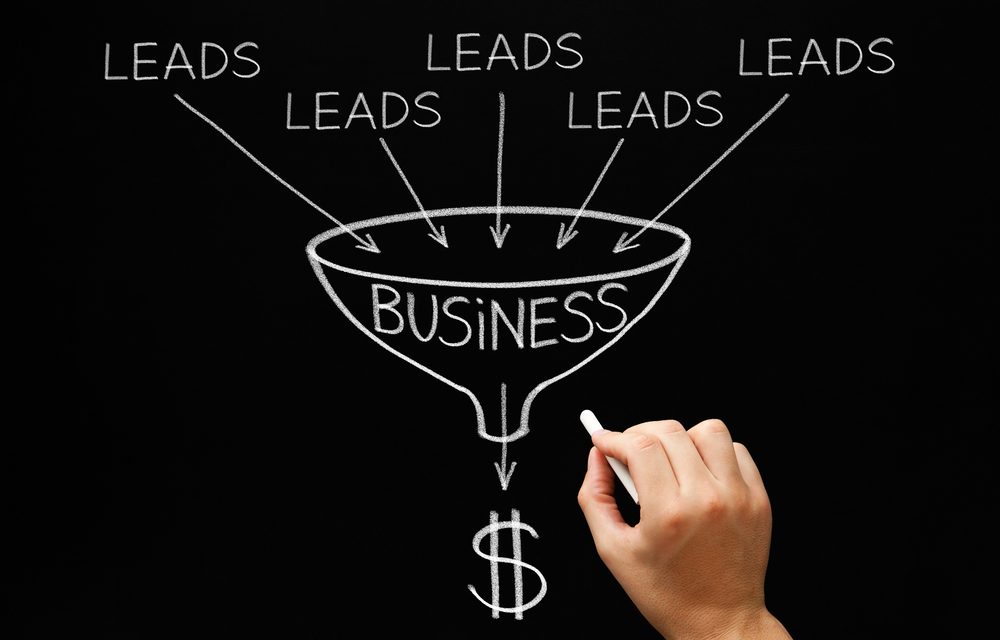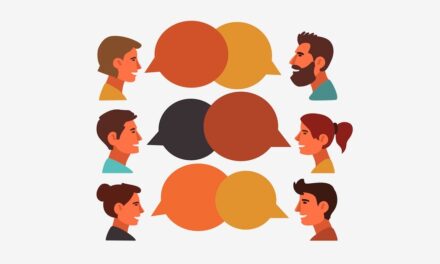In order to convert website traffic into leads, you need a proactive strategy that moves prospects through the buyer cycle. Even if your website traffic is relatively low, each visitor represents an opportunity for you to build a relationship. The more visitor information you can capture, the more opportunities you’ll have to convert leads, but you have to capture them first!
And when we say capture, we really mean captivate! You can catch fish, but you’ve got to captivate consumers. First, we’ll examine the causes behind low conversion, then we’ll explore some simple recommendations to improve how you convert website traffic into prospective leads.
The Typical Website Isn’t Designed To Convert Website Traffic
Your real estate website is typically designed, like a resume, to provide visitors with an overview of your skills, experience, achievements, and capabilities. And don’t get me wrong: people need to know your company history, your philosophy, as well as the great features and benefits of your service. But this kind of standard business information doesn’t actually convert website traffic from curious visitors to engaged clients.
You should be thinking of your entire website as a lead capturing tool, rather than an advertising platform for showcasing your business.
Whether you get 10 visitors or 10,000, your website should be designed to capture the contact information of your visitors so you can follow up with them, build a relationship, and move them to the next buying stage.
Why Agents Fail To Convert Website Traffic
There are 5 main reasons why your website traffic may not be converting well:
- Lack of timely follow-up: inquiries that aren’t responded to in a timely manner can go to your competitors
- Lack of timely engagement: first-time visitors should be greeted with an offer to be of service. Something they can exchange their information for.
- Lack of a compelling offer: Call to action needs to be compelling, user-centric, and offer genuine value based on your customer needs, not your revenue goals
- Weak positioning: Placing offers with content that lacks relevance or enough exposure. Make sure that your call-to-action buttons are distinctive.
- Lack of customer insight: detailed web analytics to help you understand how, when, and why visitors engage with your brand
4 Things You Can Do To Convert Website Traffic Into Leads
Yes, you can spend a ton of money on digital advertising, display ads, and local print, but if you’re not strategically engaging each visitor, you won’t convert website traffic effectively.
So, before you give your entire website an overhaul, there are some very simple, hands-on solutions that can have an immediate impact on your lead capture and conversion rates:
1. Implement A Drip Campaign
Drip campaigns allow you to strategically communicate with visitors in a timely manner, positioning the right offer at the right time. You can customize a series of automated email responses that appeal to buyers at different stages, based on their behavior.
One way to convert website traffic into more leads is to customize a series of automated email responses that appeal to buyers at different stages, based on their behavior.
Behavioral emails, as they’re called, are automated messages triggered by a visitor’s behavior:
- New visitors can receive an invitation to a free consultation
- Mid-stage visitors can receive an offer to register for a free tutorial or lead magnet
- Late-stage visitors can receive an offer to receive a limited-time discount offer for a product or service
- Email subscribers can receive exclusive deals tailored to their interests or location
On-site marketing automation will make your website an intelligent tool for communicating the right message to the right prospect.
2. Use A Lead Magnet
A lead magnet is an item of value that you offer visitors for free, in exchange for their contact information. You may already have subscribed to a website for a free e-book, tutorial, or podcast, at least once.
If so, then you can appreciate the impact a lead magnet can have on converting website traffic into leads
The goal of a lead magnet is to capture lead information, but your lead magnet needs to be compelling. How-To ebooks are extremely popular and effective because they provide users with actionable insights, information, and resources to help them achieve their goals. Any educational supplement is a good idea, but keep your target audience in mind. If your clients prefer video content, an e-book might not be appealing to them.
Make the benefits of your lead magnet concise and clear: state explicitly for your audience what specific goals the lead magnet will help them achieve. Will they find their dream home sooner? Will they save money on home repair costs?
Above all, successful agents focus on providing a quality experience to convert website traffic into leads. Create content that is substantial, otherwise, you could end up with disappointed users who trash you online with negative reviews.
3. Use a Lead Generation Widget
Lead generation widgets can help you convert website traffic because they can be easily integrated into your existing website or blog. They also tie into your web analytics so you can track the results. Although they are considered pop-ups, a lead generation widget captures leads in 6 basic ways:
Although they are considered pop-ups, a lead generation widget captures leads in 6 basic ways:
- Overlay: Full-screen text box that can be automated to pop up on a specific page. Content behind the overlay is obscured temporarily until the customer chooses to accept or decline. Overlays can generate 400% more opt-in emails than an online form on your website!
- Footer Bar: Installs along the bottom of a landing page. Great for social media icons
- Sidebar: Vertical or horizontal column of the page reserved for marketing messages (offers, deals, events) that are not part of the main content
- Slide-In Widget: Inserts a marketing message from any side of the screen (top, bottom, or sides). Can be easily removed by clicking decline or accept. Not as intrusive as pop-ups.
- After Post Widget: Displays offer after a visitor has read or viewed a blog post
- Lightbox: post-card sized text box with images that appear at the center of the viewing screen
WordPress users have a wide range of options for installing a lead generation widget or plug-in, but there are web-based alternatives available for your self-hosted site as well.
4. Test and Tweak Using A/B Testing
You’ll need to experiment with the automated scheduling tools to figure out optimum response times for your lead capture. An overlay, positioned too early will annoy visitors and drive your bounce rate up. Distributed too late, and you’ll miss opportunities to win leads. By monitoring the results of your lead generation, you’ll be able to tweak your offer and your timing to be more effective.
Most lead capture plugins include an A/B testing feature, so you can experiment with alternative offers, messaging, and scheduling. Try different widgets as well to see which format gets the most traction.
And remember to pay attention to demographics and timing to gain further insight into your customer behavior.
Conclusion
Your website can do a lot more for you than advertising your skills and experience. Intelligent, automated marketing tools can be used to capture and convert website traffic into promising leads.
If you create an attractive offer and time your messages effectively, you’ll capture a higher percentage of leads, grow your database, and convert more leads into happy clients!
Happy lead hunting!






